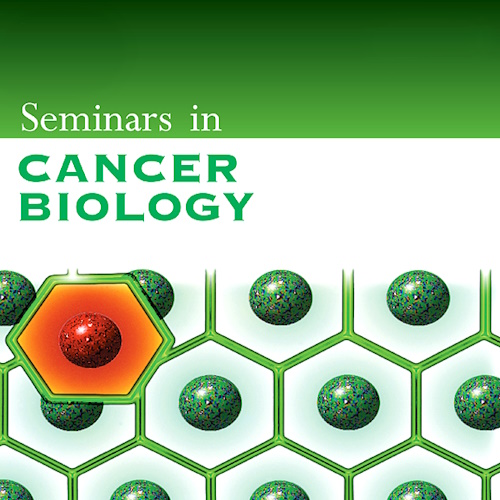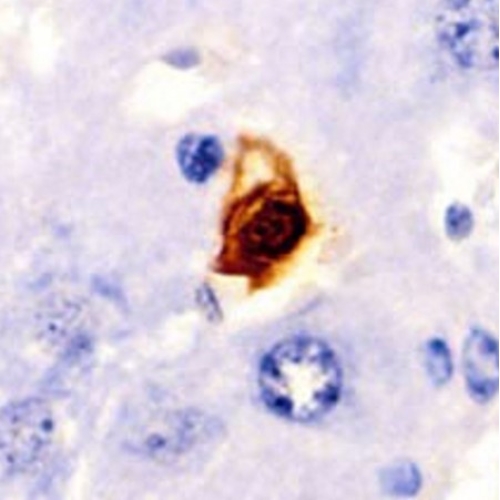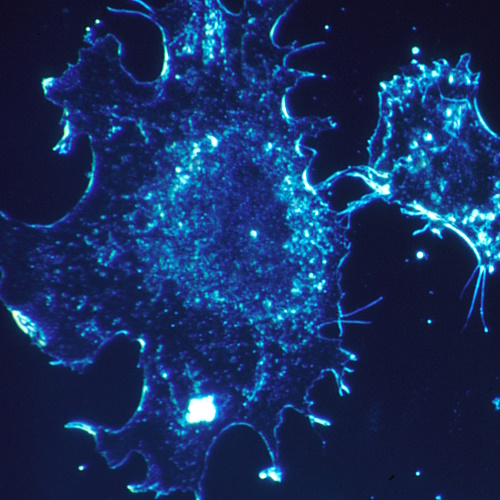Cancer remains one of the leading causes of mortality worldwide, driven by its complexity and interplay with aging. Recent research underscores the intricate relationship between cell death and senescence in cancer development and progression. Cellular senescence is a state of permanent growth arrest triggered by stress, such as DNA damage, while cell death occurs through regulated pathways like apoptosis, necroptosis, pyroptosis, and ferroptosis. Understanding these processes' interdependence offers promising insights for developing innovative cancer therapies.
What is Cellular Senescence?
Cellular senescence is a phenomenon characterized by irreversible cell cycle arrest. First observed by Hayflick and Moorhead, it prevents cells from unlimited division. Key triggers include:
- Telomere shortening: Reaching the "Hayflick limit" activates DNA damage responses (DDR).
- Stress-induced premature senescence: Caused by oxidative stress, oncogene activation, or chemotherapy.
- Senescence-associated secretory phenotype (SASP): Senescent cells release inflammatory cytokines, chemokines, and growth factors, influencing tissue microenvironments.
Senescence serves as a double-edged sword. It suppresses tumorigenesis by halting cell division but can also create a pro-inflammatory environment conducive to cancer progression if SASP persists chronically.
Regulated Cell Death Pathways in Cancer
Regulated cell death (RCD) is essential for maintaining tissue homeostasis and responding to stress. The major RCD pathways include:
Apoptosis
A non-lytic form of cell death critical for removing damaged cells.
Triggered via intrinsic (mitochondrial) or extrinsic (death receptor) pathways.
Key molecules, such as p53, regulate apoptosis and determine cell fate between death or senescence.
Necroptosis
A caspase-independent, inflammatory cell death mediated by RIPK1, RIPK3, and MLKL.
Activated under conditions where apoptosis is inhibited.
Releases damage-associated molecular patterns (DAMPs), amplifying inflammation and immune responses.
Pyroptosis
A pro-inflammatory death mode driven by gasdermin protein pore formation.
Triggered by inflammasomes responding to infection or cellular stress.
Releases cytokines like IL-1β, promoting immune activation.
Ferroptosis
Characterized by iron-dependent lipid peroxidation and membrane damage.
Regulated by glutathione peroxidase 4 (GPX4) and lipid metabolism enzymes.
High iron and reactive oxygen species (ROS) levels in senescent cells increase their vulnerability to ferroptosis.
Crosstalk Between Cell Death and Senescence
The relationship between cell death and senescence is complex and context-dependent. Sublethal stress induces senescence, while severe damage triggers cell death. SASP factors play dual roles:
- Pro-inflammatory cytokines: Recruit immune cells to clear senescent and cancer cells.
- Chronic SASP: Creates a tumor-promoting environment by supporting angiogenesis and immune evasion.
Tumor Suppression and Tumor Promotion
Tumor Suppression
Senescence acts as a tumor suppressor by preventing unchecked cell proliferation. Pathways like p53/p21 and p16INK4a/Rb regulate senescence:
- p53/p21 axis: Responds to acute DNA damage, arresting the cell cycle at G1/S.
- p16INK4a/Rb axis: Maintains long-term senescence under chronic stress.
Senescence prevents the propagation of damaged or precancerous cells, safeguarding genomic integrity.
Tumor Promotion
Despite its suppressive role, chronic senescence contributes to tumorigenesis. SASP factors, such as IL-6 and TNF-α, drive inflammation and tumor cell proliferation. Therapy-induced senescence (TIS) is a double-edged sword:
Benefits: TIS halts cancer progression by inducing senescence in cancer cells.
Drawbacks: Persistent SASP supports a pro-tumorigenic microenvironment and resistance to therapy.
Apoptosis and Senescence
Apoptosis and senescence are tightly linked through mitochondrial function and DDR. Mitochondrial dysfunction in senescent cells promotes chronic ROS production and SASP. Targeting mitochondrial pathways with senolytic agents like BCL-2 inhibitors shows promise in selectively eliminating senescent cells.
Necroptosis and Senescence
Necroptosis amplifies inflammation through DAMP release. Senescent cells with elevated TNF-α levels promote necroptosis in neighboring cells, creating feedback loops of inflammation and cell death. However, pharmacological inhibitors targeting RIPK1/RIPK3 may mitigate these effects.
Pyroptosis and Senescence
Pyroptosis triggers inflammation via gasdermin-dependent membrane pores. In senescence, inflammasome activation (e.g., NLRP3) reinforces SASP. Metformin and other drugs that modulate inflammasomes could attenuate SASP-induced pyroptosis, reducing tumor-promoting inflammation.
Ferroptosis and Senescence
Ferroptosis sensitivity is heightened in senescent cells due to iron and ROS accumulation. Drugs like FIN56 and GPX4 inhibitors induce ferroptosis, offering a senolytic strategy for cancer therapy.
Therapeutic Implications
Senotherapeutics aim to target senescent cells to enhance cancer treatments. Two main approaches are:
Senolytics
Eliminate senescent cells selectively.
Examples: ABT-263 (navitoclax) targets BCL-2 family proteins, inducing apoptosis in senescent cells.
Senomorphics
Modulate SASP to retain beneficial effects while reducing inflammation.
Examples: HSP90 inhibitors suppress oncogenic signaling pathways in SASP-producing cells.
Challenges and Future Directions
Complexity of Senescence
Senescent cells are heterogeneous, varying by tissue type and stress context. Developing therapies requires understanding these variations to target specific senescent populations effectively.
Balancing Tumor Suppression and Promotion
While senescence limits tumor growth, chronic SASP fosters cancer progression. Strategies combining senolytics and senomorphics must address this duality.
Targeting Specific Pathways
Selective modulation of cell death pathways offers therapeutic potential. For instance:
Inducing apoptosis in senescent cancer-associated fibroblasts (CAFs) to reduce immunosuppression.
Enhancing ferroptosis in pro-tumorigenic senescent cells to limit metastasis.
Immunological Implications
The interplay between senescence, cell death, and immune responses remains underexplored. Understanding how immunogenic cell death reactivates immune surveillance can improve cancer immunotherapies.
The interplay between cell death and senescence in cancer presents a double-edged sword. While senescence halts tumor growth, chronic inflammation and SASP can promote tumorigenesis. Advances in senotherapeutics, such as senolytics and senomorphics, hold promise for mitigating these effects. Future research must address the complexity of senescence and its crosstalk with cell death pathways to unlock novel, effective cancer treatments.
The study is published in the journal Seminars in Cancer Biology. It was led by Kouhei Shimizu from Osaka Metropolitan University.






